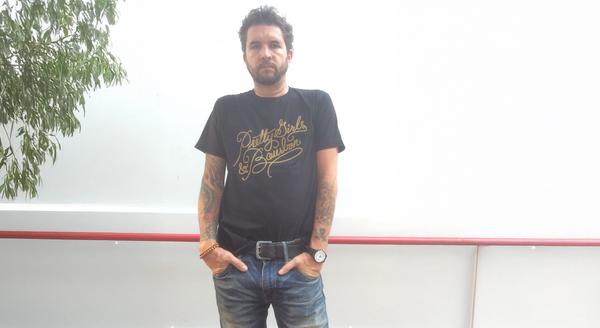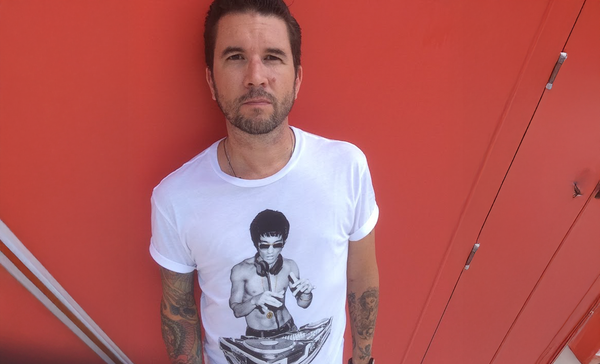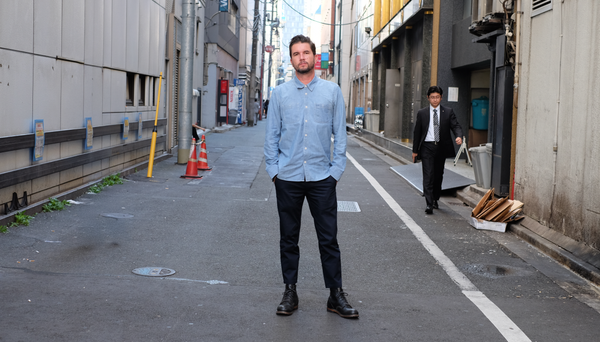The Leadership Gap No One Talks About
How COVID Broke the Agency Leadership Apprentice System, and What Agencies Should Do Now

I speak with Agencies every week.
While I try to work with the most senior people as possible, I have begun to notice that even the seniors are, well, missing something. A recent coffee with a “rising talent” who is now a senior manager at a holding company shed some light on what I was feeling.
“I don’t know how to do this job anymore.”
Mid- and early- senior talent at agencies are not ready to lead.
Five years after the pandemic brought the world to a halt, most agencies would say they've moved on. Offices have reopened, albeit in hybrid form. Pitches are back in person. Young talent has been promoted. The machine is running again.
But the cracks are becoming harder to ignore.
Beneath the churn of business as usual, a missing layer of leadership quietly haunts the offices. Mid-levels are floundering. New seniors are struggling to hold their own in a room. Clients are losing confidence. Culture feels... thinner.
Our leadership pipeline broke, not from lack of talent, but from a gap in on-the-job training.
During COVID, Gen Z and late Millennials had their formative years disrupted. Courtship happened through screens. Work started in isolation. Friendships were formed in chat threads. They became fluent in the digital, but many skipped the rites of passage that older generations often took for granted:
- The chemistry of a room.
- The tension of a live presentation.
- The art of listening.
- The artistry of conversation.
By contrast, Gen X and Boomers entered the COVID era already anchored in an analog experience. They didn’t have to build social muscle under digital strain. They had already built it. And now, five years out, there’s a quiet reversal happening. Gen Z isn’t just looking forward. They’re looking back—not to recreate the past, but to recover parts of it.
The Lost Apprenticeship
Before COVID, leadership in agencies wasn't something you learned from a deck. It wasn't part of a training module or quarterly OKRs. You learned it through proximity. Through physically sitting in the room. Through osmosis.
I learned a great deal from Nick Seckold, Alice Manners , and Simon Ashwin, who were my role models at GroupM and Mindshare. I learned from Piotr Jakubowski and Antoine de Carbonnel at Gojek. From Chris Heatherly at frog, and Tom Adamski at Level. Jessica Lee and Nicholas Kolesch at The Alliance to End Plastic Waste. Peter Bordes at MediaTrust.
Because I was there. In the room. I sat as close to them as possible.
When I was making my way through agencies and companies, I saw how a creative director recalibrated tension with a single sentence. I watched a strategy head turn client skepticism into buy-in with quiet confidence. I noticed how someone handled a difficult conversation with grace, not just what they said, but how they said it.
Those were the moments that taught me what leadership looked like.
During COVID, that chain broke. Remote work kept the wheels turning, but it severed the informal pathways that develop leaders. There was no hallway banter. No late-night debrief. No watching your boss navigate a high-stakes presentation in real time. Work got done. But learning atrophied.
Now we're seeing the results. Talented people were promoted because they deserved to be. But many never got the soft-skill seasoning that leadership requires. They know how to run a project.
They were trained to deliver. But not to lead.
Promoted Without Preparation
The post-COVID promotion wave was both necessary and, in many ways, overdue. But it came with a hidden cost. Agencies expected people to grow into roles they were never shown how to perform, at least not in person.
What we’ve unintentionally created is a generation of leaders fluent in tools but not in interpersonal relationships, which are essential for building trust, the currency in our industry. They can build decks, run Miro boards, and juggle Slack threads like pros. But they struggle with things like:
- Building client confidence without overpromising
- Handling conflict in real time without escalation
- Leading meetings with both presence and purpose
- Inspiring a team that’s burning out beneath them
These aren’t personality flaws. They’re structural gaps. Agency leaders should be worried because these are the people now managing your clients day-to-day.
Return to Office Isn’t Return to Leadership
Many agencies tried to course-correct by mandating a return to the office. But sitting at a desk three days a week isn’t the same as experiencing real development.
We’ve conflated presence with progress.
What was needed wasn’t just a place to sit; it was a plan to grow.. Structured re-immersion. Leadership modeling. Spaces to fail safely and recover together. Instead, they got badge-swiping policies and vague mantras about collaboration.
The assumption was that by putting people back in the building, they would catch up on everything they missed. That simply hasn’t happened. Agencies are now filled with people in “Associate Director” or “Strategy Lead” roles who never received the real-world guidance the role demands.
Letting Go of the Teachers
At the same time, agencies across the board have been shedding their senior-most talent. Not the C-suite, but the 48-year-old group strategy head. The 55-year-old ECD. The quietly powerful client lead who built trust over decades.
These weren’t just high-salaried line items. They were the teachers. They are the last generation to fully absorb the analog model of leadership: presence, performance, negotiation, and mentorship. The ones who do have those soft and strategic skills. Those who could have modeled what leadership looks like, not just as a Zoom module, but as a lived experience.
And instead of recognizing their value, we labelled them redundant. Expensive. Out of step.
Now, when our mid-levels need the most support, the people who could have mentored them are gone. We’re running agencies where few have seen great leadership up close. And we’re surprised that the culture is thinning out.
What Agency Leaders Can Do
You run the agency’s org chart. Your leadership shapes the work. You set the tone. You shape the expectations.
And as if you don’t have enough to do, let me add a few things to your must-do list.
- Name the Gap. Start by acknowledging it. Bring it up in leadership reviews. Ask how your agency is developing talent beyond titles. Don’t assume it’s covered because someone’s been promoted.
- Ask for Development, Not Just Delivery. Insist that your agency invest in real leadership development, not off-the-shelf webinars, but embedded, ongoing mentorship.
- Create Space for Cross-Generational Learning. Push for senior consultants or former leaders to be brought back as mentors. Create structured interactions between junior and veteran staff members. Think less "coaching" and more "craft building."
- Treat Leadership as a Skill, Not a Role. Include leadership in the creative brief. Invite mid-levels to present. Give feedback on more than just the idea - give it on presence, storytelling, and influence.
- Revalue Experience. Be the leader who champions wisdom, not just revenue. Ask to work with people who have experience with cycles before. Elevate them.
The talent pipeline hasn’t dried up. It’s just been disrupted. But that disruption is reversible if we act with care, creativity, and a sense of urgency. Because creative leadership isn’t just about managing work, it’s about modelling how to be in the work. It’s about tone, timing, and trust.
The question isn’t whether your people will show up. It’s whether they’ll know what to do when they get there.

Put me in, Coach.
If you’re seeing this gap in your teams or feeling it in your agency relationships, you’re not alone, and we should talk. I work with companies to close this gap through custom workshops, embedded training, and fractional leadership programs designed for innovative, motivated teams led by younger talent.
These aren’t off-the-shelf solutions. They’re grounded in experience, designed for today’s realities, and built to restore what COVID interrupted: the craft of leadership.
Let’s invest in the leadership pipeline, intentionally, collaboratively, and now.
Field Notes on The Epilogue Economy™ is a reader-supported publication. To receive new posts and support my work, consider becoming a free or paid subscriber.



